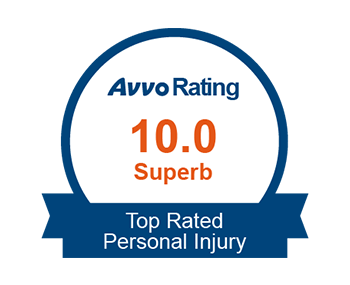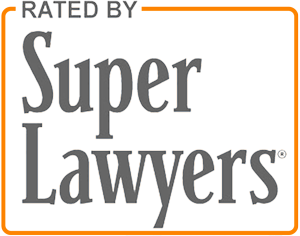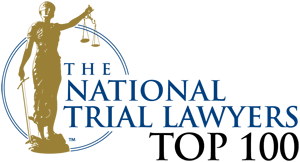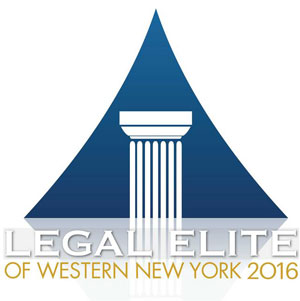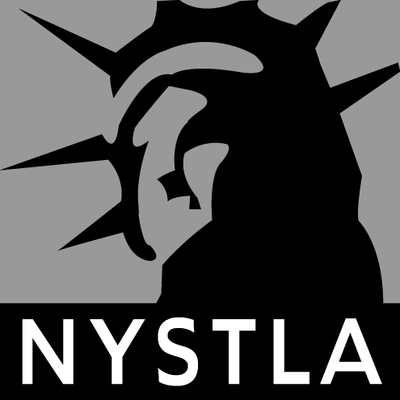Toxic mold can wreak havoc on your health and property, leading to serious respiratory issues, property damage, and financial strain. In these challenging times, it’s crucial to understand your rights and legal options. Andrews, Bernstein & Maranto, PLLC is here to guide you through the complexities of toxic mold lawsuits and help you seek justice and compensation for your losses.
Understanding Toxic Mold
Toxic mold thrives in damp, humid environments and can grow on various surfaces, including drywall, wood, and carpet. Exposure to toxic mold can cause a range of health problems, including respiratory issues, allergic reactions and, with high exposure to certain molds that produce toxins, neurological symptoms and even death in severe cases. (The infamous black mold is very unlikely to kill you, however.) Identifying the presence of toxic mold in your home or workplace is essential for protecting your health and well-being.
Signs of Toxic Mold Exposure
Recognizing the signs of toxic mold exposure is crucial for early detection and mitigation. Symptoms may vary depending on the individual and the level of exposure but can include persistent coughing and wheezing, nasal congestion, skin irritation, eye irritation, headaches, fatigue, and difficulty breathing. If you or your loved ones are experiencing any of these symptoms, it’s essential to consult a medical professional and address the potential presence of toxic mold in your environment promptly.
Legal Ramifications of Toxic Mold Exposure
When toxic mold infestations occur in residential or commercial properties, it can lead to significant legal implications. Property owners have a duty to maintain safe and habitable premises, which includes addressing and remedying mold issues promptly. Failure to do so may constitute negligence, resulting in liability for damages incurred by affected individuals.
Toxic mold lawsuits typically involve claims of negligence, breach of warranty, or premises liability against property owners, landlords, property managers, construction companies, or maintenance contractors. Proving liability in these cases requires comprehensive evidence demonstrating the presence of toxic mold in the property, knowledge or constructive knowledge of the mold’s existence, failure to address the mold or take adequate remedial measures, and causation between the mold exposure and the claimant’s injuries or damages. Navigating the complexities of toxic mold litigation requires legal experience and resources to build a compelling case and pursue maximum compensation for the victims.
Legal Options for Victims of Toxic Mold Exposure
If you’ve suffered harm due to toxic mold exposure, you have legal rights and options to pursue justice and compensation for your losses. Andrews, Bernstein & Maranto, PLLC represents individuals and families affected by toxic mold exposure and provides personalized legal guidance and advocacy throughout the litigation process. Our experienced attorneys understand the challenges you’re facing and are committed to helping you obtain the compensation you deserve.
From conducting thorough investigations to gathering evidence, negotiating settlements, or litigating in court, we will work tirelessly to protect your rights and interests every step of the way. Whether you’re dealing with property damage, medical expenses, lost wages, or pain and suffering, we will tailor our legal strategy to meet your specific needs and goals.
The Importance of Timely Action
When it comes to toxic mold exposure, time is of the essence. Delaying action can exacerbate the health risks and property damage associated with mold infestations, making it harder to prove liability and obtain compensation. If you suspect the presence of toxic mold in your home or workplace, it’s essential to take prompt steps to address the issue and protect your health and legal rights.
Documenting the Evidence
Gathering evidence is critical in toxic mold lawsuits to establish the extent of the mold contamination, its impact on your health and property, and the negligence or liability of responsible parties. Documenting the mold growth through photographs or videos, keeping copies of medical records documenting your symptoms and treatment, and retaining any correspondence with landlords, property managers, or contractors can strengthen your case and support your claims for damages.
Witness Testimony
In complex toxic mold litigation, witness testimony can be instrumental in proving causation, assessing damages, and establishing industry standards for mold remediation. Andrews, Bernstein & Maranto, PLLC works with qualified specialists in environmental science, toxicology, mold remediation, and building inspections to provide analysis and testimony to support your case.

The team is very personable, patient and empathetic with their clients. They are upfront with you and will explain the entire process with you, they never lead you to believe otherwise, they tell you like it is and will not sell you a million dollar dream. Trust in Andrews, Bernstein & Maranto, PLLC, they work for you and he looks out for your best interest.”
- Jane D.
Insurance Coverage Issues
Navigating insurance coverage for mold-related claims can be challenging, as many insurance policies have exclusions or limitations for mold damage. Our attorneys can review your insurance policy, assess your coverage options, and advocate on your behalf to maximize your insurance benefits and ensure you receive the compensation you’re entitled to under your policy.
Alternative Dispute Resolution
In some cases, alternative dispute resolution methods such as mediation or arbitration may offer a faster and more cost-effective way to resolve toxic mold disputes outside of court. Our attorneys are experienced negotiators and litigators who can explore all available options for dispute resolution and tailor our approach to achieve the best possible outcome for your case.
Statute of Limitations
It’s important to be aware of the statute of limitations for filing a toxic mold lawsuit, as failing to take legal action within the prescribed time frame can result in the loss of your right to pursue compensation. In New York, mold exposure lawsuits generally must be filed within three years of the discovery of the mold.
Related Videos
Should I Take The First Settlement Offer?
Steps to File a Personal Injury Claim
Preventative Measures
While addressing existing mold infestations is essential, taking preventative measures to mitigate future mold growth is equally important. Proper ventilation, moisture control, regular inspections, and timely repairs can help prevent mold from taking hold and protect your health and property in the long run.
Verdicts & Settlements
Fighting for Justice
Toxic mold lawsuits are complex legal matters that require knowledge, resources, and advocacy to achieve a favorable outcome. Andrews, Bernstein & Maranto, PLLC is committed to providing compassionate support, strategic guidance, and aggressive representation for individuals and families affected by toxic mold exposure. If you believe you have a toxic mold lawsuit, don’t wait to seek legal help. Contact us today to schedule a consultation and take the first step toward obtaining the justice and compensation you deserve.

